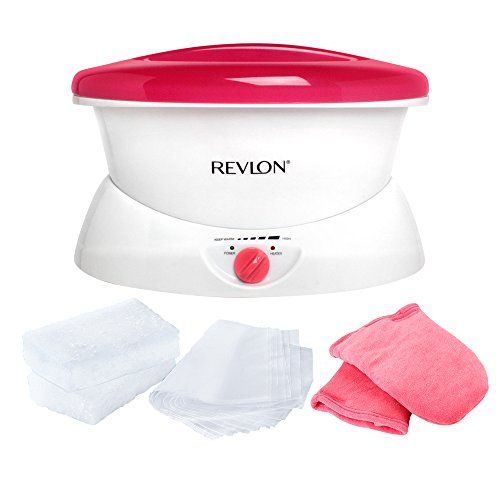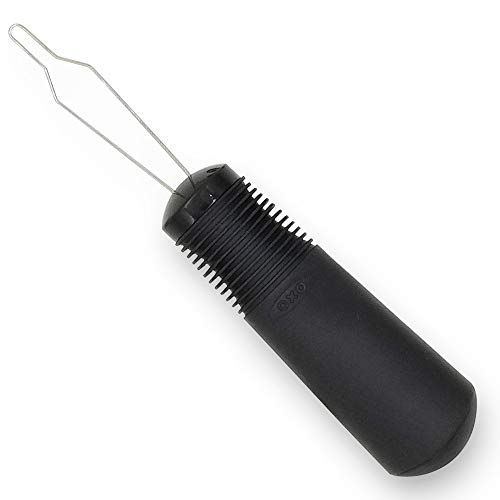10 Best Products for Arthritic Hands
Doctors and physical therapists share the tools that help their patients live with less pain and more mobility.

We've been independently researching and testing products for over 120 years. If you buy through our links, we may earn a commission. Learn more about our review process.
If you’re part of the 21% of American adults who deal with achy, stiff or swollen joints from arthritis and other similar conditions, you know how difficult it can be to do ordinary tasks during a flare-up. Something as seemingly straightforward as buttoning pants or gripping a spoon can be incredibly painful — if not impossible.
Because arthritis can manifest in different ways, each person’s experience is uniquely hard. For instance, “the degenerative changes caused by rheumatoid arthritis create painful, swollen joints and atrophy of the muscles, which can make simple movements like grasping and gripping very challenging,” says Kristen Gasnick, P.T., D.P.T., a board-certified doctor of physical therapy practicing in outpatient rehabilitation in Livingston, New Jersey.
Fortunately, there are tools that not only reduce pain and lessen the strain that arthritis puts on damaged joints, but also help people with the condition maintain their independence. To help you figure out the best products for arthritis in your hands, we asked top physical therapists and physicians to share the products that have helped their arthritis patients the most.
Our top picks:
Continue reading to find out what tools might help with your arthritis and what complementary treatments might be worth looking into so you can feel better.
What types of arthritis can affect the hands?
No matter what kind of arthritis you have, it can result in pain, swelling and stiffness in the wrist and the joints of the hand and fingers. A variety of conditions can affect the health of your joints, but arthritic conditions fall into these two categories:
- Osteoarthritis: This is the most common type of arthritis, and it typically develops with age, overuse or injury.
- Inflammatory arthritis: Rheumatoid arthritis (RA), lupus, psoriatic arthritis, gout and pseudogout are all forms of inflammatory arthritis. With these conditions, the body produces antibodies that attack its own tissue, which can cause inflammation in the joints.
When should you see a doctor?
For some people, arthritis pain and stiffness comes and goes and an occasional non-steroidal anti-inflammatory drug (NSAIDs, such as ibuprofen) will keep them comfortable, says John Dowdle, MD, a hand and upper extremity surgeon at the Hospital for Special Surgery. Sadly, that’s not the case for everyone.
“You should visit a doctor for arthritis of the hands when significant pain and joint stiffness interfere with your daily activities,” says Gasnick. “Arthritis is typically progressive, meaning that it gets worse over time. If treatment isn’t started early on, your arthritis can get worse and cause significant issues with your day-to-day tasks.”
In particular, she notes, you should flag swelling, redness, warmth or tenderness to your doctor because they can be signs of an autoimmune form of arthritis that requires a specific treatment plan.
How is arthritis in the hands treated?
There are a variety of treatment options for arthritis:
- Rest: This is especially helpful if repetitive activities cause flares.
- Braces or splints: These can help stabilize your finger joints, which can help reduce irritation with fine motor movements, says Gasnick. While these can be purchased over the counter, Dr. Dowdle recommends consulting a hand specialist before you invest in one because some are more effective than others, and it depends on your specific needs.
- Physical or occupational therapy: When guided by a professional, specific stretches and exercises can ease pain and improve strength and range of motion.
- Heat and ice: They can help with pain, stiffness and swelling.
- Medicines: “NSAIDs and over-the-counter pain medication can be used for any type of arthritis, while specific autoimmune medication, like DMARDs and biologics, are specifically used to decrease inflammation in autoimmune conditions like rheumatoid arthritis and psoriatic arthritis,” says Gasnick. “Steroids, either taken by mouth or delivered through injections, can also help decrease inflammation and pain with different types of arthritis.”
- Diet: Every person’s body is different, but what you eat can affect how your body works. When dealing with arthritis, you may want to avoid foods that may cause inflammation (such as corn, dairy, soy, processed foods, sugary beverages, fried foods and greasy foods) and eat more colorful produce because they contain important phytonutrients which are associated with lower inflammation, according to Tamika Henry, M.D., M.B.A., a board-certified family physician and founder of Unlimited Health Institute. She also advises limiting your intake of red meat and instead focusing on chicken and fish.
- Hydration: “Water helps remove waste and toxins, and it helps hydrate our joints,” says Dr. Henry.























